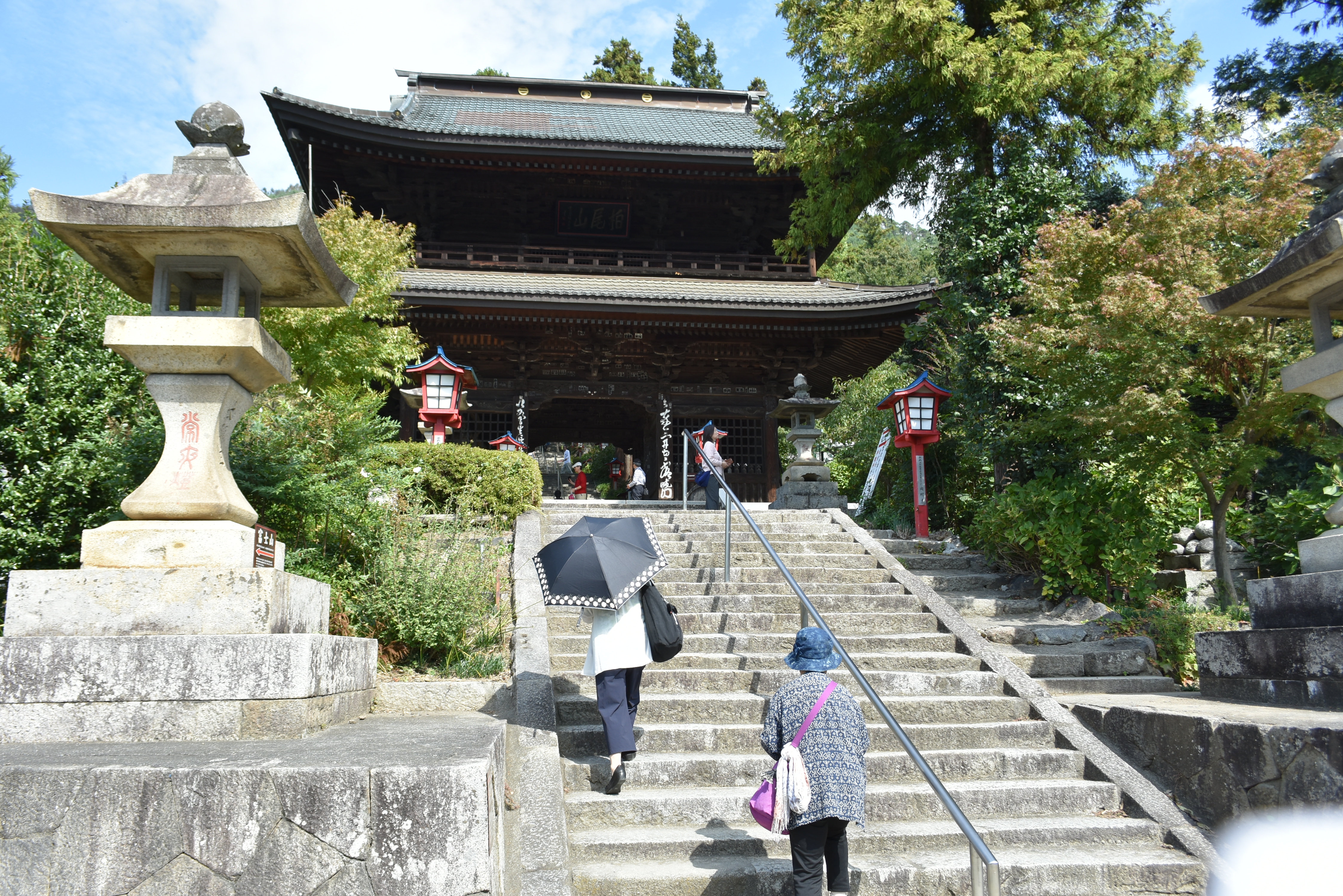Rikei on:
[Wikipedia]
[Google]
[Amazon]
 was a Japanese noble lady,
was a Japanese noble lady,
 was a Japanese noble lady,
was a Japanese noble lady, calligrapher
Calligraphy (from el, link=y, καλλιγραφία) is a visual art related to writing. It is the design and execution of lettering with a pen, ink brush, or other writing instrument. Contemporary calligraphic practice can be defined as "t ...
, poet
A poet is a person who studies and creates poetry. Poets may describe themselves as such or be described as such by others. A poet may simply be the creator ( thinker, songwriter, writer, or author) who creates (composes) poems (oral or writte ...
and scholar. She was the eldest daughter of Katsunuma Nobutomo
was a Japanese samurai of the Sengoku period. The son of Takeda Nobutsuna, he was a high-ranking general who served the Takeda clan of Kai Province. As his landholding was in the Katsunuma region of Kai, he used the ''shō'' (姓) of "Katsunuma." ...
(勝沼 信友), a samurai of the Sengoku period
The was a period in History of Japan, Japanese history of near-constant civil war and social upheaval from 1467 to 1615.
The Sengoku period was initiated by the Ōnin War in 1467 which collapsed the Feudalism, feudal system of Japan under the ...
. She lived as a Buddhist nun
Buddhism ( , ), also known as Buddha Dharma and Dharmavinaya (), is an Indian religion or philosophical tradition based on teachings attributed to the Buddha. It originated in northern India as a -movement in the 5th century BCE, and gra ...
at Daizen-ji temple at Mount Kashiwao and is most notable for her military history, ''Rikei-ni no Ki'', or "Nun Rikei’s Account."
Influence
In 1582, the daimyō (大名) or warlordTakeda Katsuyori
was a Japanese ''daimyō'' of the Sengoku period, who was famed as the head of the Takeda clan and the successor to the legendary warlord Takeda Shingen. He was son in law of Hojo Ujiyasu.
Early life
He was the son of Shingen by the daughter ...
(武田 勝頼) rebelled against the rival Hojo clan
Hojo or Hōjō may refer to:
Hojo or HoJo:
*Howard Johnson's, a U.S. chain of restaurants and hotels
*A nickname for Howard Johnson
*A nickname for Howard Jones
*A nickname for Howard Jones
*MGR-1 Honest John, the first nuclear-capable missile ...
, but because of his poor leadership skills, he was defeated by Oda Nobunaga
was a Japanese ''daimyō'' and one of the leading figures of the Sengoku period. He is regarded as the first "Great Unifier" of Japan.
Nobunaga was head of the very powerful Oda clan, and launched a war against other ''daimyō'' to unify ...
and Tokugawa Ieyasu
was the founder and first ''shōgun'' of the Tokugawa Shogunate of Japan, which ruled Japan from 1603 until the Meiji Restoration in 1868. He was one of the three "Great Unifiers" of Japan, along with his former lord Oda Nobunaga and fellow ...
. He, his young formal wife, and about ninety of their followers, mostly women, fled to Rikei's nunnery. However, because of Katsuyori's failure as an administrator, no one wanted to welcome or pity this retinue. Rikei, on the other hand, pitied their fate. She was familiar with the style of military tales, so she wrote ''Rikei-ni no Ki'' or "The Nun Rikei's Account" to honor them so that their names at least could remain.
The ''Rikei-ni no Ki'' is one of three military accounts written by women in this time period (1600s), the others being the ''Oan Monogatari'' and the ''Okiku Monogatari''. Rikei's work starts with a description of the Takeda clan's genealogy, and then she moves into a description of the killings and ritualistic suicides that the retinue committed in order to preserve their honor and avoid capture. She also incorporated a ''myougouka'', or prayer verse, in her account. After describing the death of Katsuyori's formal wife, she lists seven poems. The beginning of these verses form the acrostic
An acrostic is a poem or other word composition in which the ''first'' letter (or syllable, or word) of each new line (or paragraph, or other recurring feature in the text) spells out a word, message or the alphabet. The term comes from the Fre ...
"''na-mu-a-mi-ta-hu-tsu''," which is a Buddhist prayer that translates loosely to "Glory to Amitābha
Amitābha ( sa, अमिताभ, IPA: ), also known as Amitāyus, is the primary Buddha of Pure Land Buddhism. In Vajrayana Buddhism, he is known for his longevity, discernment, pure perception, purification of aggregates, and deep awarene ...
" or "May they rest in peace.".
See also
*Ono Otsū
Ono Otsū (小野お通, 1559 or 1568 – 1631), also known as Ono no Ozū, was a Japanese noblewoman, calligrapher, poet, painter and musician. She was a student of the arts in Kyoto, studying painting, calligraphy, music, chanting, and poetry. H ...
References
{{Authority control 1530 births 1611 deaths Japanese women poets Japanese women historians 16th-century Japanese women writers 16th-century Japanese writers 17th-century Japanese women writers Japanese writers of the Edo period People of Sengoku-period Japan Women of medieval Japan 17th-century Japanese women Edo period Buddhist clergy 17th-century Japanese poets